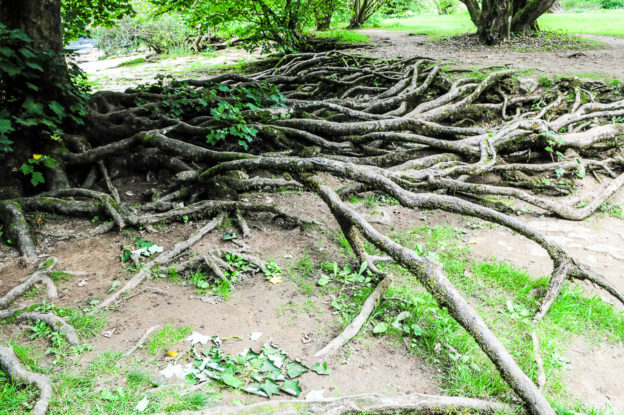In the last post I wrote about systemic change as the conditions or structures that hold a situation in place. I introduced the six conditions for systems change by Kania, Kramer and Senge and showed the little inverted triangle that puts the conditions in neat boxes and a clear hierarchy – the deeper ‘down’ the condition, the more influential over the system. I also introduced again the systems iceberg, which has a similar hierarchy and logic.
These two things – the neat boxes and the implied hierarchy – kept bugging me. I know that in complex systems things are never that neat and never linear causal – there is not one thing in one box that leads to another thing in another box or to an observed behaviour. Reality is messier. I also missed the dynamics in these diagrams – how are these structure created, how do they persist, how do they change? So I want to follow up on this in this post.
Continue reading


